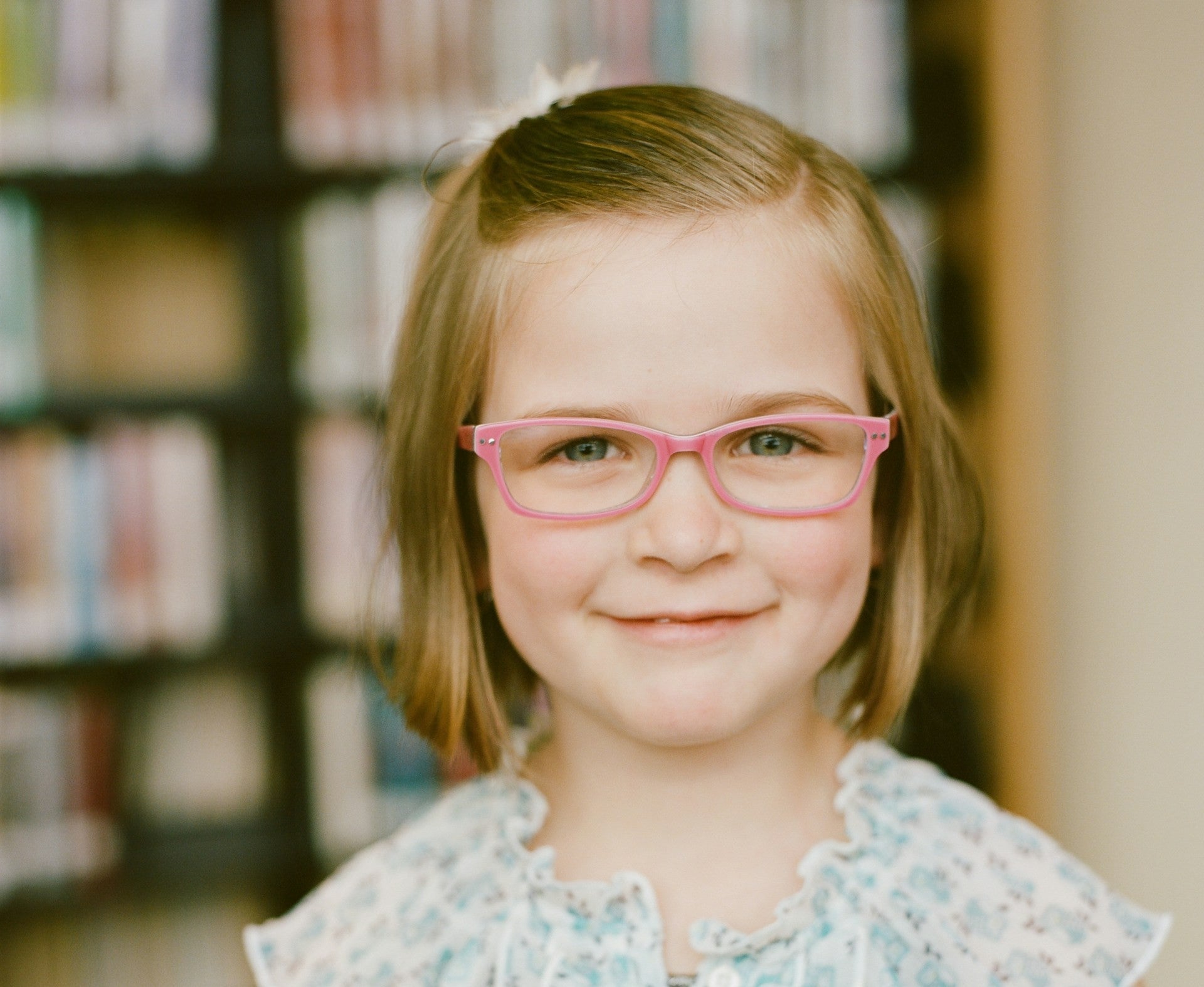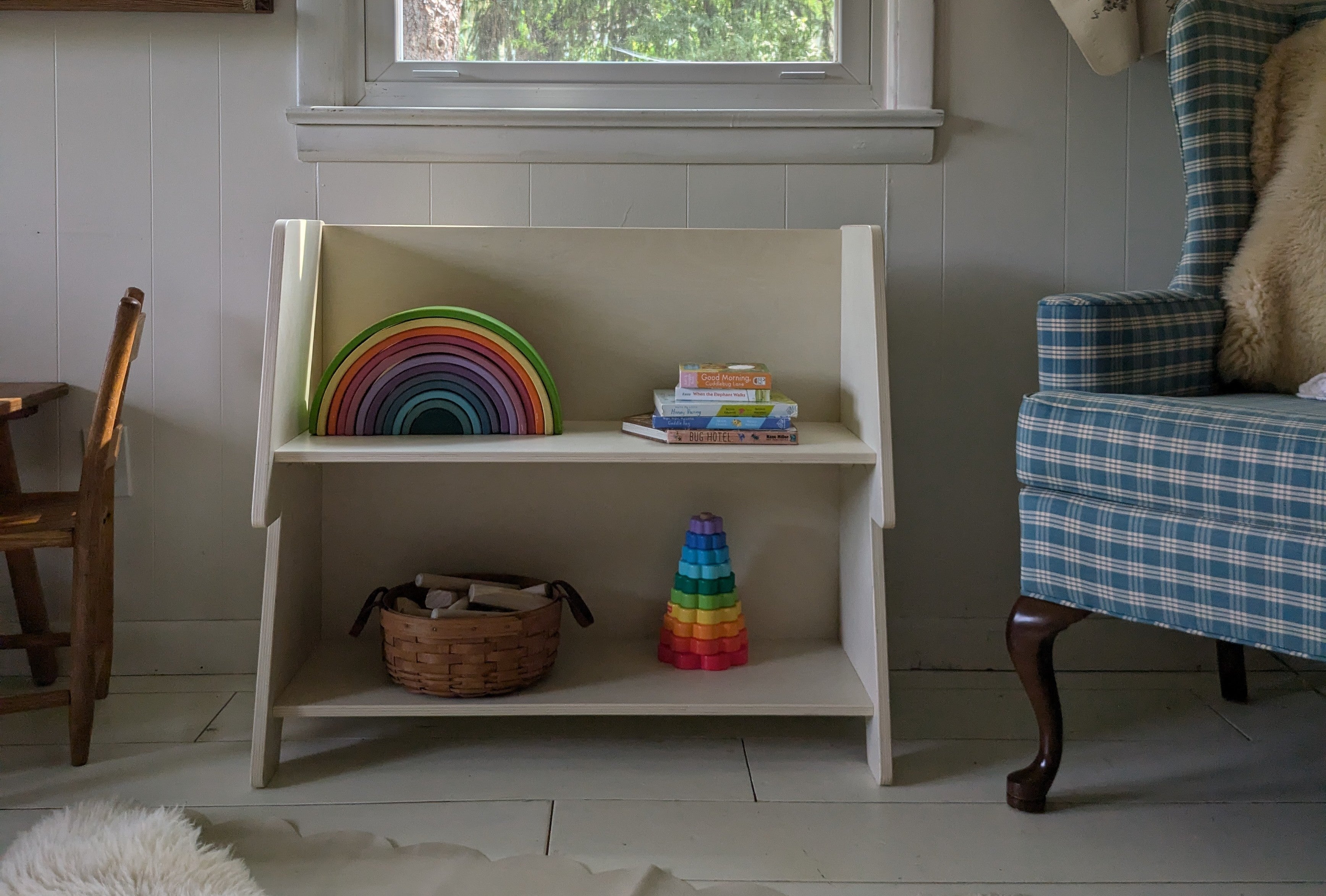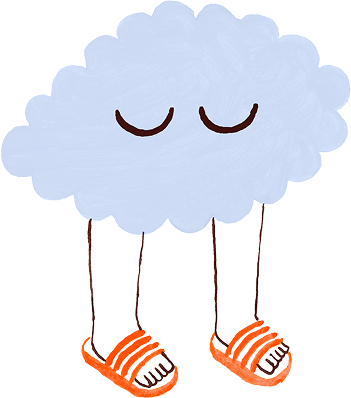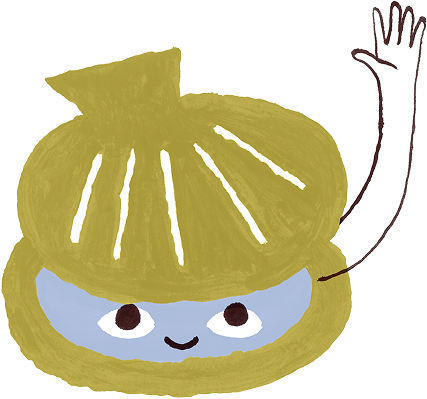"Myopia is progressive, irreversible and on the rise," says Sabrina Gaan, Doctor of Optometry. Myopia in children has always been common, but it's growing more and more common. As many as 50% of the global population may be nearsighted by 2050, leading some people to call today's youth the "myopia generation."

Why are more and more people becoming shortsighted? We spoke to Sabrina Gaan, Doctor of Optometry of Eyes on Plainville, to learn more about this growing worldwide concern. Dr. Gaan also offers tips and recommendations for parents.
The Myopia Generation
In the 1970s, about 25% of Americans were nearsighted, or had myopia. By 2017, that number rose to nearly 42%. Myopia in children is now so common that it's marking a whole generation.
Experts now believe that myopia may be a result of lifestyle changes like spending more time indoors during childhood or spending too much time using screens. The good news is that parents can play an important role in preventing and treating this condition.
What is Myopia?
"Myopia (nearsightedness) is the inability to see distant objects clearly," Dr. Gaan says. Instead of seeing something in the distance sharply, it may appear blurred. In a classic case of myopia in children, your child may complain they can't see the whiteboard at school.
In detail, myopic eyesight has a lot to do with eye shape. During the early years, a child's eyes grow quickly. In normal development, they grow into a nice, round shape. However, in children with myopia, "...the length of their eye elongates and makes them more and more nearsighted," Dr. Gaan explains.
As Maria Liu, professor at UC Berkeley School of Optometry, told NPR, "Instead of maintaining a relatively global or round shape, a spherical shape, [the eye] actually turns into a more sitting egg shape.
Complications of Myopia in Children
For many children, a diagnosis of myopia just means wearing glasses. However, short sightedness can affect eye health as children grow. One problem is that children are developing myopia at younger and younger ages. This puts them at risk for more severe myopia and other vision problems.
Dr. Gaan explains, "If a child progresses and their condition becomes high myopia, they will have more risk for retinal detachments, glaucoma, cataracts, and maculopathy." The good news is more and more treatments can slow the progression of myopia. Plus, you may even be able to prevent this condition.
What Causes Childhood Myopia?
"Research shows that increased screen time or near work and reduced outdoor time in children is causing myopia to start earlier," Dr. Gaan asserts. These lifestyle changes may cause the eye to grow differently.
The changes have been drastic in some areas of the world. For example, in Taiwan, up to 90% of young people have myopia. Because of an emphasis on education, children spend too much time reading, writing, and using computers. The other side of the coin is that children don't spend enough time outdoors.
One way to look at it is that our eyes adjust to how we use them. During childhood, if children don't use distance vision to see faraway horizons, their eyes adapt. They prioritize short or near vision, to help children see better up close, such as when using a smartphone or tablet. This causes the eye to grow into a longer egg shape instead of a round shape.
The longer eye shape means that light can't reach the front of the retina. Instead, the light rays fall short. This means that you can see clearly up close, but distance vision is blurry.
Myopia also has a genetic component. In some families, myopia is common. If myopia runs in your family, your child is more likely to be nearsighted.

Tips for Preventing Childhood Myopia
How can parents care for their children's eye health? Even in cases where genetics play a role, you may be able to delay the onset of myopia. How?
1. Spend More Time Outside
"We think that outdoor time is the best form of prevention for nearsightedness," Dr. Noha Ekdawi, a pediatric ophthalmologist, told NPR.
Studies show that spending more time outdoors can help protect against myopia. Researchers aren't exactly sure why time outdoors is so essential. Sunlight may be enough to prevent myopia. However, spending time outdoors also raises vitamin D levels and influences dopamine in the retina.
How much time should your child spend outside? One study showed that 40 to 80 minutes of additional outdoor time per day may make a difference. Students who spent extra time outdoors had 11-16% lower incidence of myopia after two years of extra outdoor time. For reference, the control group already spent 2 hours of outdoor time every day.
Pro Tip: Make outdoor time a part of your daily routine. For example, spend some time playing outdoors after school. Or, head to a local park as a family every weekend.
2. Reduce Screen Time
Dr. Gaan also says that "Parents can try to reduce screen time." She acknowledges that many children use digital devices at school, making it hard to limit time using screens. However, limiting time may still help. Recent studies show that every hour using screens increases your child's chance of becoming nearsighted.
Pro Tip: Set a timer on the device that will signal to your child when their time is up. Or, use parental device controls to turn off the device automatically after a certain amount of time. Also, prepare lots of screen free activities to enjoy.
Are you looking for tips on managing screen time? Read about a Montessori Approach to Screen Time.
What Are Myopia Symptoms? Dr. Gaan Explains
Usually, children are old enough to say when they notice myopia. As Dr. Gaan explains, "Myopia can start at any age but is more prevalent in children 8 years and older."
Some common symptoms of myopia are:
- Your child might complain that their vision is blurry.
- You might notice your child squinting to try to see something.
- Your child may get headaches.
Dr. Gaan recommends that children see an optometrist every year starting at age five. If your child complains of symptoms or has other concerns, they may need to see an optometrist earlier.
Seeing an eye doctor regularly can catch myopia early so that you can treat it effectively. Also, an eye doctor can help catch other eye diseases that can impact your child's vision.
What Are the Best Treatments for Myopia?
Fortunately, there are more treatment options for myopia now. Dr. Gaan says that there are now "FDA approved contact lenses designed to slow down the progression. I recommend them to all children that are progressing."
Children can wear glasses or contact lenses as well to correct vision. Your child's optometrist may also recommend eye drops that may slow myopia progression in children.
Can Child Myopia Be Reversed?
Unfortunately, myopia cannot be reversed. However, some treatments can slow the progression of myopia. In many cases, myopia stabilizes by early adulthood.
Protecting Your Child's Eyesight Starts with Simple Lifestyle Changes
Spending time outdoors and limiting screen time can reduce your child's chances of getting myopia. Fortunately, taking these steps is also good for your child's mental health, brain development, and physical health.
If your child shows symptoms of myopia, it's important to see an optometrist as soon as possible. With today's effective treatments, you can slow progression and protect your child's eye health.
Sources:
- National Eye Institute
- NPR: The story behind soaring myopia among kids
- The Guardian: Shortsighted Taiwan may have lessons for the world as a preventable disease skyrockets
- NPR: Want to protect your kids' eyes from myopia? Get them to play outside
- Journal of International Medical Research
- World Economic Forum
- The Guardian: Every hour children spend on screens raises chance of myopia, study finds
- Investigative Ophthalmology & Visual Science








Leave a comment
This site is protected by hCaptcha and the hCaptcha Privacy Policy and Terms of Service apply.